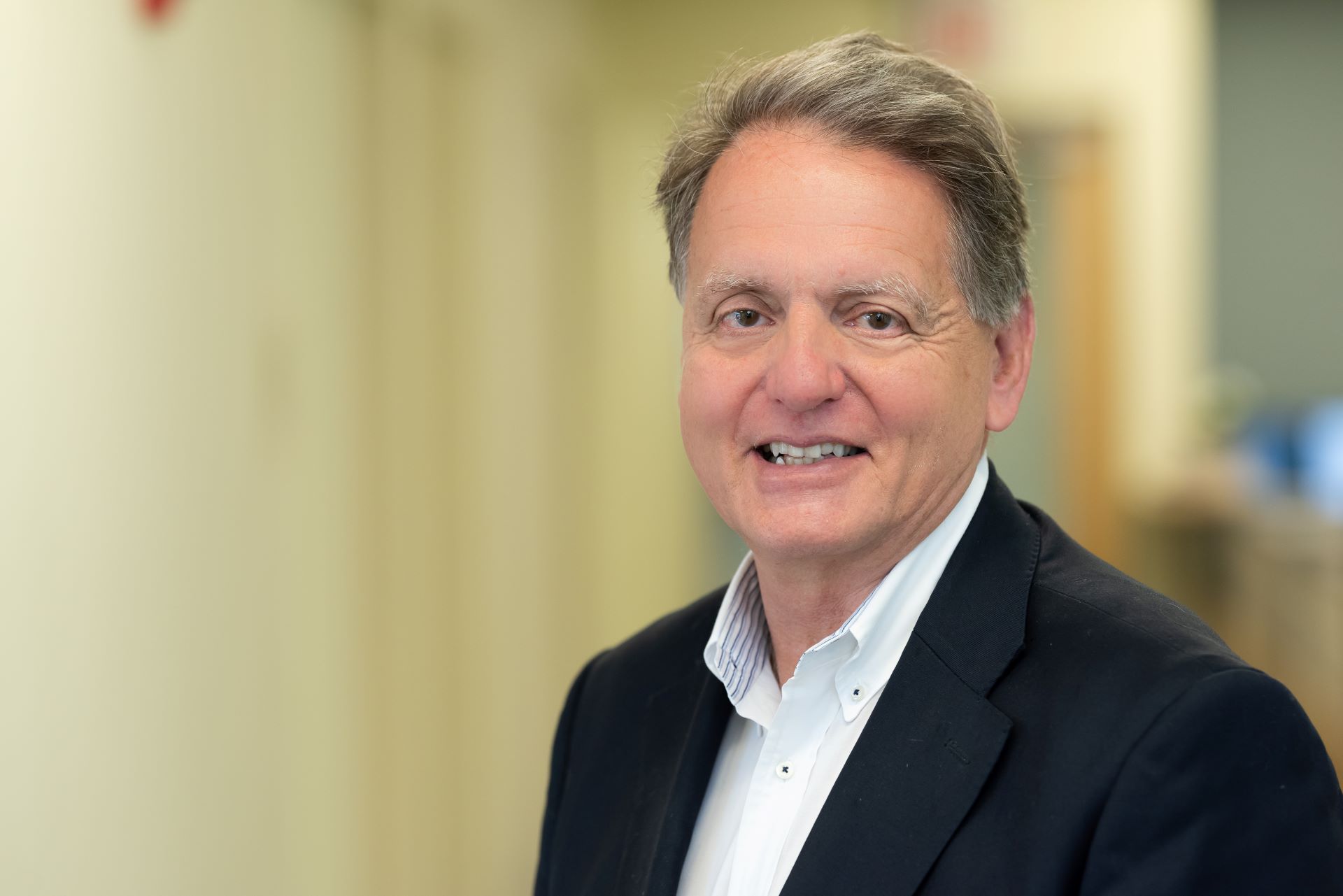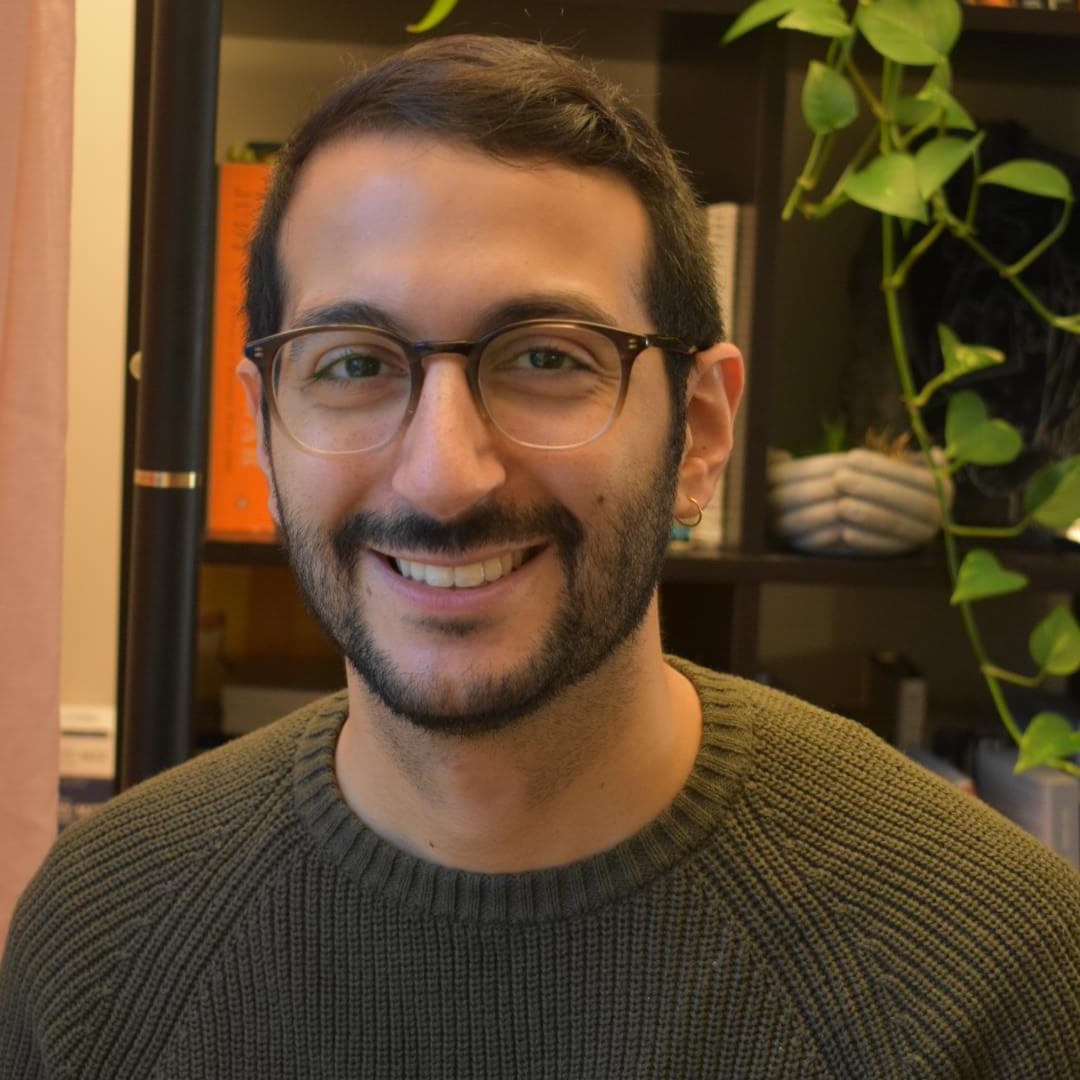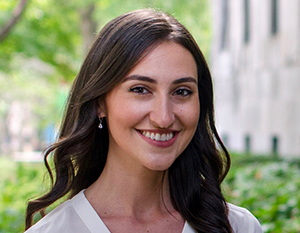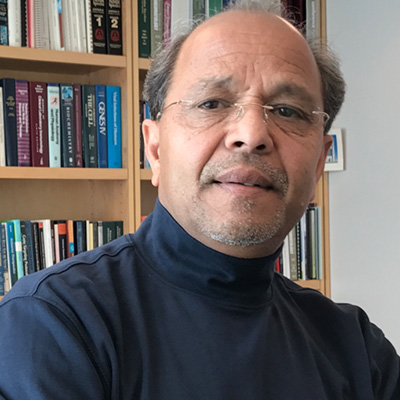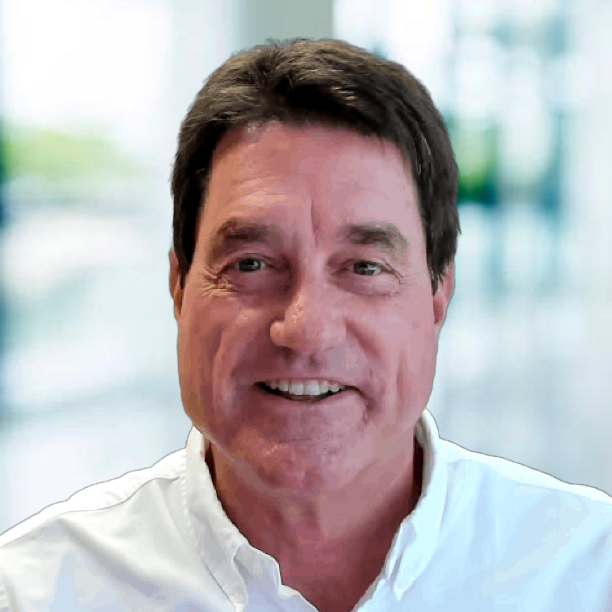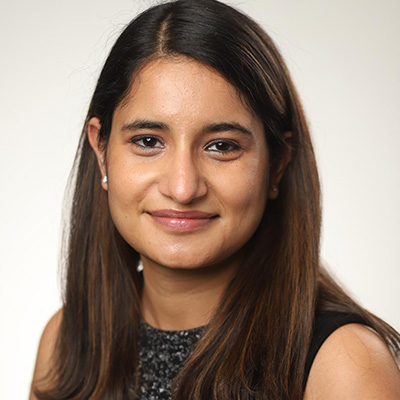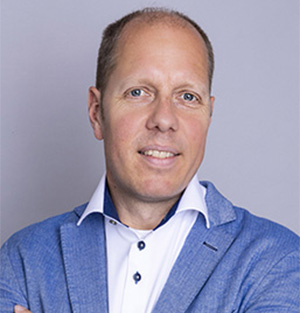
Looking for something?

Eric P. Van Der Veer, PhD
Chief Scientific Officer
Hybridize Therapeutics
How did you become interested in the field of oligonucleotides?
After years of highly fundamental research geared towards understanding how splice modulation mediated by RNA-binding proteins impacts cellular differentiation, I was challenged by our Nephrology Department Head (Prof. Ton Rabelink) to take that knowledge and apply it more translationally. Shortly thereafter, I attended the DNA Nanotechnology Gordon Conference (February 2015) and my first OTS meeting (Leiden). I have never looked back since.
Who were your early mentors? What is special about the type of research/work you’ve done?
My grade 7 teacher Mano Soodhoo told me to ‘stick to the sciences’. Prof. Geoffrey Pickering (Western University, London, Canada) trained me to understand how cells are impacted by health and disease during my Ph.D., Prof. Erik Biessen let me research a ‘solely’ neural RNA-biniding protein in a cardiovascular setting as a post-doc in Leiden. At the LUMC, Prof. Anton Jan van Zonneveld gave me the room to follow my heart with splicing and cellular differentiation, and Prof. Annemieke Aartsma-Rus introduced me to the wonderful world of RNA therapeutics. More recently, weekly meeting with ProQR’s Chief Innovation Officer Gerard Platenburg have been instrumental in helping Hybridize Therapeutics take leaps instead of steps.
How did you become involved in OTS and why do you continue to support society?
Stella, the 11-year old daughter of a good friend of mine, has Spinal Muscular Atrophy. I’m aware of the struggles they have endured in their battle against this crippling disease. At the 2015 meeting I remember seeing results being presented about nusinersen and being in tears. I realized that this is a field where I could make a difference.
Why do you continue to support the society?
The amazing sense of community that exists within the OTS family is something like I have never seen before.
What is special about the type of research/work you’ve done?
The shift from fundamental to therapeutic splicing led me and my research team at the LUMC to tackle viruses that wreak havoc in immunosuppressed patients, in particularly in the setting of kidney and hematopoietic stem cell transplantation. I quickly realized that our goal of bringing our RNA therapeutic compound to these patients would require full-time commitment and funding, so I left the LUMC and spun-out Hybridize Therapeutics. At Hybridize, we are looking to develop innovative RNA-based approaches to tackle various viral complications.
What do you like to do in your free time?
I love mountain biking (and cycling), running, skiing, and trivia (monthly refreshing of useless information stored in my brain). Walks in the forest with my wife and 3 daughters are welcome and much-needed moments of relaxation.
Any other fun facts/tidbits you would like us to know!
My parents emigrated from the Netherlands to Canada 55 years ago (on their honeymoon), so I was born and raised in Canada (Ajax, Ontario). I studied Chemistry at the University of Amsterdam (M.Sc.), did my Ph.D. in Canada and have been back in the Netherlands since 2007. How is that for being torn between two countries?


